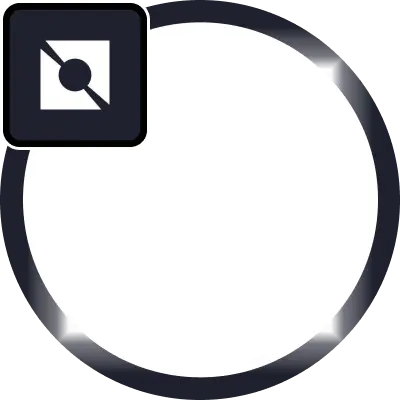Background and History
Storm Trade was established to streamline and democratize access to decentralized financial markets. Launched on the TON (The Open Network) blockchain, the platform leverages the scalability and user base of Telegram, which has over 800 million users globally. By integrating directly with Telegram, Storm Trade allows users to trade synthetic assets with ease, without needing to manage multiple pools or assets, a common challenge in traditional decentralized exchanges (DEXs).
The platform was developed with the support of significant industry players like Tonstarter and the TON Foundation. Since its inception, Storm Trade has focused on building a robust and user-friendly interface, designed to attract a new wave of DeFi users through features like squad trading tournaments, NFT collections, and advanced trading capabilities.
Storm Trade’s development is notable for its innovative approach to liquidity provision, where liquidity is pooled in TON and USDT, enabling higher liquidity utilization rates compared to traditional DEXs. The platform uses oracle solutions such as the Pyth Network to ensure accurate pricing data, vital for maintaining the integrity of its perpetual futures contracts.
Key Features and Technologies
Expanded Trading Capabilities
Storm Trade offers users the ability to trade a wide range of assets, including cryptocurrencies, stocks, forex, and commodities, with leverage up to 50x. The platform supports collateral in both TON and USDT, providing flexibility for traders. Real-time price updates, a user-friendly TradingView interface, and the ability to execute complex trading strategies directly from Telegram make it a powerful tool for both novice and experienced traders.
Social-Fi Integration
Storm Trade’s deep integration with Telegram is a cornerstone of its user experience. Users can trade directly from within Telegram via a mini-application that supports market orders, limit orders, and automated trading strategies. This integration enhances community engagement through features like squad trading tournaments, copytrading, and the use of NFTs. These Social-Fi mechanics are designed to make trading more interactive and accessible, contributing to the platform’s goal of onboarding millions of new DeFi users.
Security & Decentralization
Security is a top priority for Storm Trade. The platform is fully decentralized, ensuring that users retain control over their funds and private keys. Storm Trade employs advanced security protocols, including audits by the TON technical team and external firms, to identify and mitigate potential vulnerabilities. Additionally, the platform has implemented a risk management system that includes funding rates, maximum spread limits, and safeguards against oracle malfunctions, ensuring the stability and reliability of its trading environment.
Usage and Applications
Storm Trade is designed for a wide range of users, from individual retail traders to larger institutional participants. The platform’s integration with Telegram allows users to quickly execute trades and manage their portfolios without leaving the app, making it particularly appealing for users seeking convenience and efficiency. The ability to trade with high leverage on a diverse set of assets—ranging from cryptocurrencies to commodities—makes Storm Trade a versatile tool for various trading strategies, including speculation, hedging, and arbitrage.
Governance Token: $STORM
Overview
The $STORM token is central to Storm Trade’s ecosystem. It is a utility token that enables users to reduce trading fees, participate in governance, and access exclusive platform features. The token’s deflationary nature, driven by staking and liquidity provisioning, is designed to enhance its value over time.
Tokenomics
The total supply of $STORM is capped at 1 billion tokens, with allocations for private sales, public sales, and team incentives. The initial coin offering (ICO) and initial decentralized exchange offering (IDO) were held in mid-2024, with the public sale price set at $0.012 per token. The $STORM tokenomics include mechanisms for staking rewards, where 30% of the protocol’s trading fees are distributed to token stakers. This model is designed to align the interests of the platform with its users, encouraging long-term participation and support.
Governance Structure
Storm Trade is moving towards a decentralized governance model, where $STORM token holders will have voting power on key decisions, including protocol upgrades, new feature rollouts, and the addition of trading pairs. The governance structure is expected to evolve with the development of a Decentralized Execution Network, further decentralizing control over the platform.
Notable Events
- May 2024: Announcement of the $STORM token release and IDO on the Magic Square Launchpad.
- June 2024: Completion of the initial token distribution and launch of the platform’s first major trading competitions.
- September 2024: Introduction of new trading pairs and further integration of Social-Fi features, including the expansion of the NFT ecosystem and the rollout of enhanced security measures.








